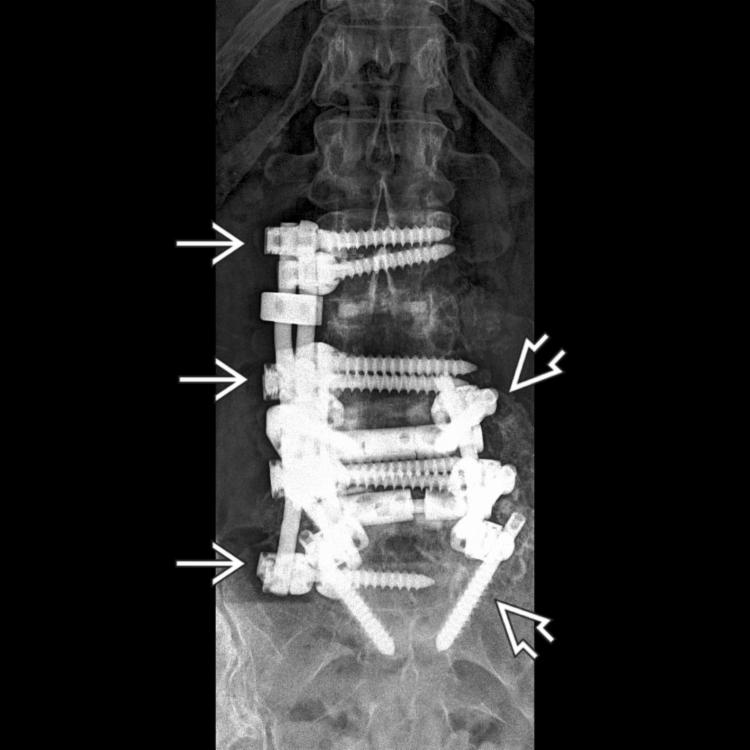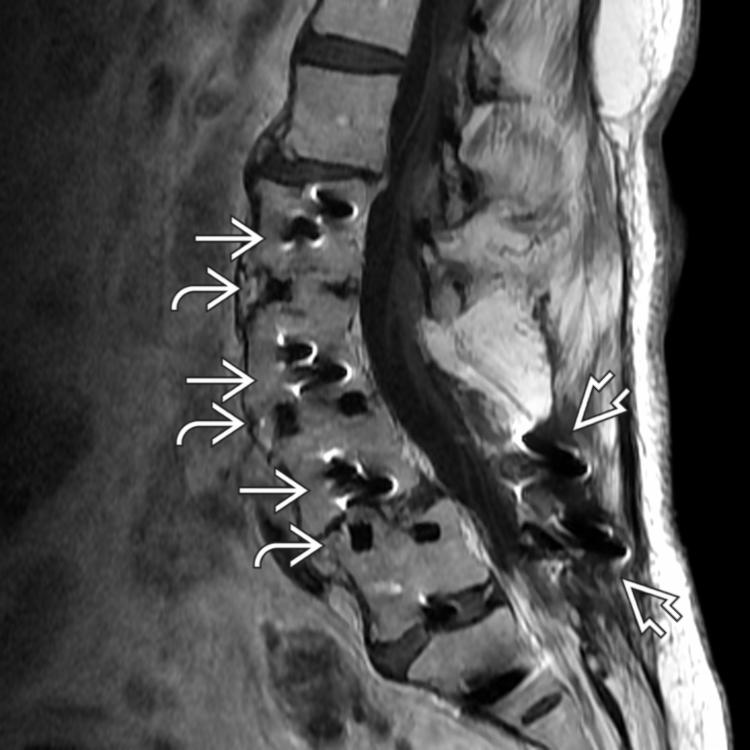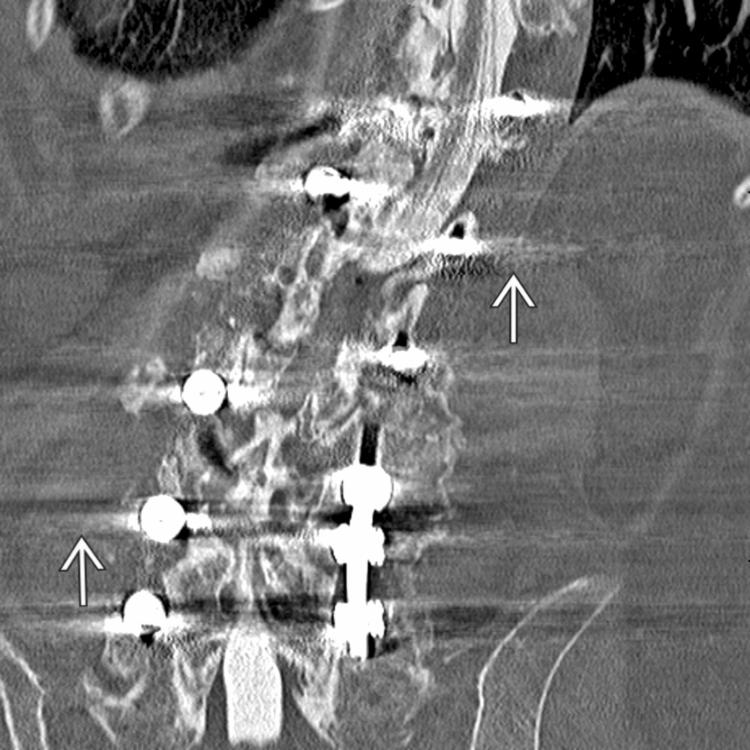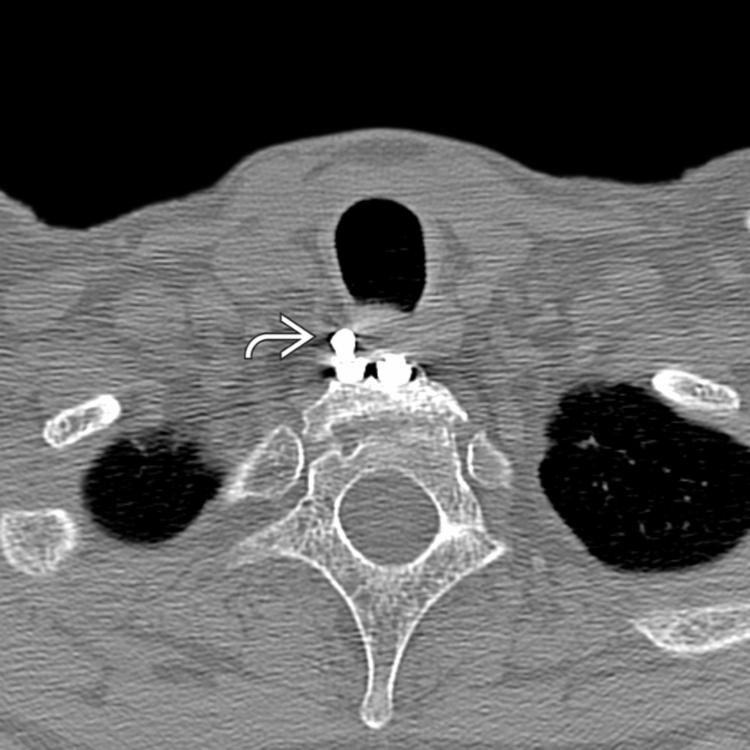Physical Address
304 North Cardinal St.
Dorchester Center, MA 02124
CT: Beam-hardening artifact and blooming artifact
MR: Magnetic susceptibility artifact
Image degradation related to metal prostheses/implants
CT: Artifact from metal hardware related to image reconstruction algorithm, tube current, x-ray kilovolt peak, pitch, hardware composition, shape, & location
Beam-hardening artifact is dark banding between dense objects, such as bone
Bloom artifacts result of partial volume effects or areas of photon starvation propagated by high-density structures, such as metal, within scanned object
Materials with lower x-ray attenuation coefficients produce less artifactual distortions
Plastic (best) < titanium < < tantalum < stainless steel < cobalt chrome (worst)
Metal composition, mass, orientation + position of implant are important factors that determine magnitude of image artifact
MR susceptibility artifact due to geometric distortion + signal loss secondary to dephasing
MR methods to minimize metal artifact
Fast spin-echo > conventional spin-echo > gradient-echo
Larger field of view
Smaller voxel size
Increase transmit and receive bandwidth
Frequency encoding direction along long axis of hardware
Lower magnet field strength
STIR sequences are alternative method of fat suppression and less dependent on homogeneity of main magnetic field




Magnetic susceptibility
Partial magnetization of material in presence of applied external magnetic field
Nonferromagnetic metals may produce local electrical currents induced by changing scanner magnetic field
Tissues with greatly different magnetic susceptibilities in uniform magnetic field lead to difference of susceptibilities, causing distortion in magnetic field → distortion on MR
Magnetic susceptibility artifact consists of 2 additive components
Become a Clinical Tree membership for Full access and enjoy Unlimited articles
If you are a member. Log in here